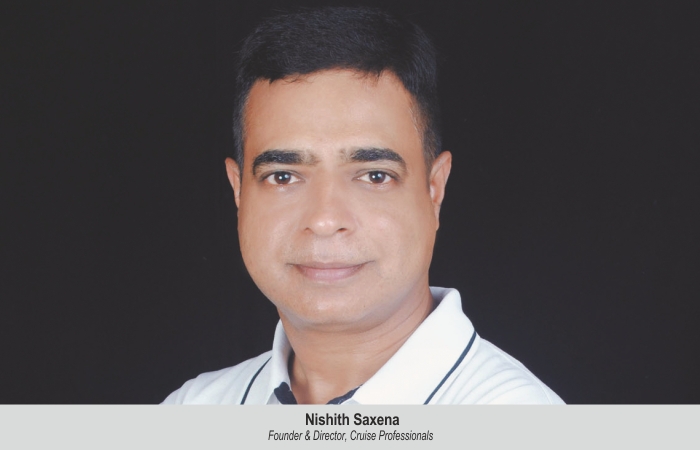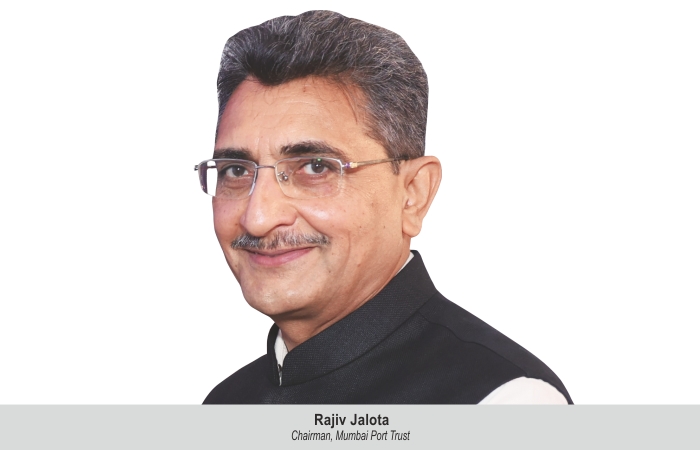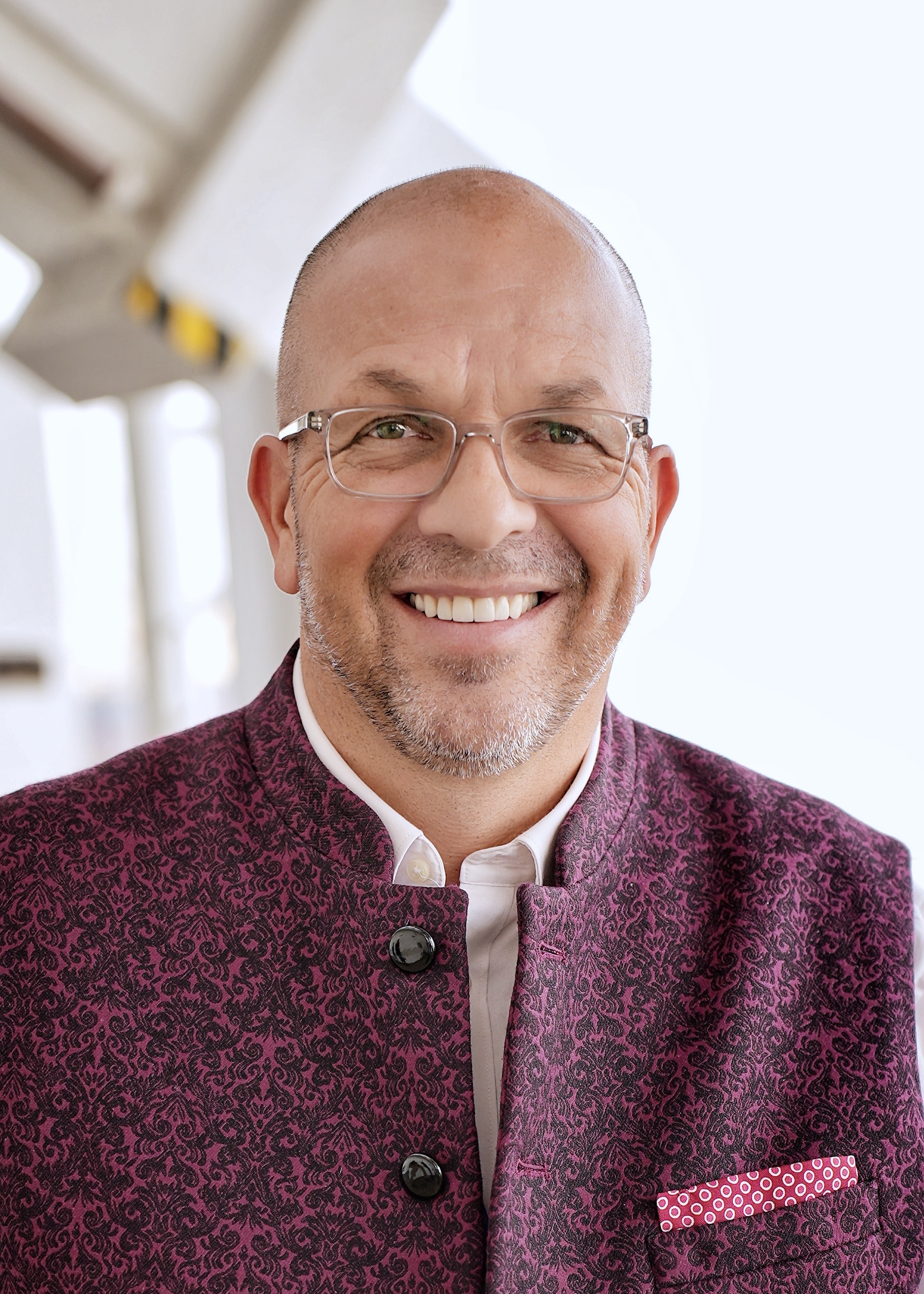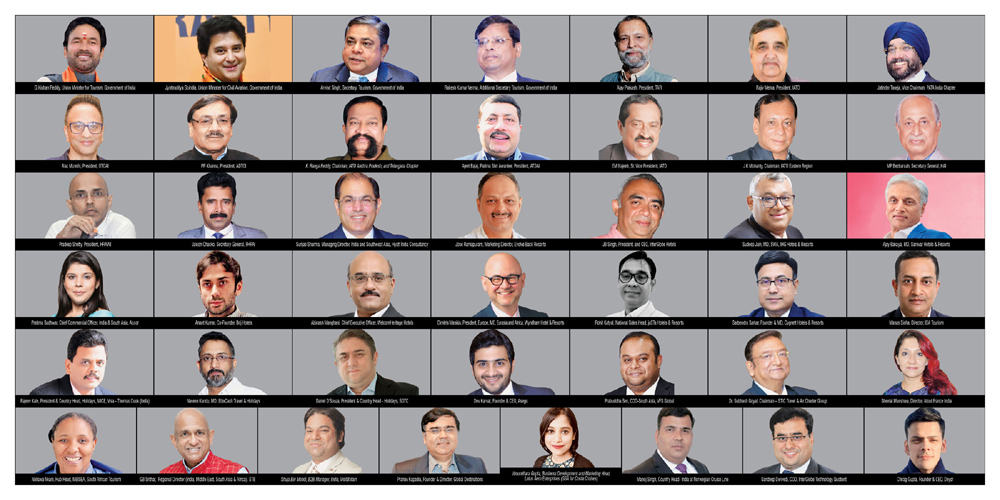With its office in Mumbai, Norwegian Cruise Line Holdings is making all efforts to grow the cruise market from India. The company plans to rely on travel agency partners and educate them. It will conduct various Fam trips to offer them first-hand experience of their products.
TT Bureau
India is the fastest growing market for NCL Holdings, informs the company’s Vice President—Sales Asia, Felix Chan. He explains that since the opening of the office in Mumbai, a double digit growth has been recorded. He says, “The growth is not only measured by the increase in number of passengers each year, but the increase in revenue per passenger. We have seen the yield increase from nearly $120-$130 per guest per day to $150 since we stepped into the Indian market. We offer three brands—Norwegian Cruise Line for the mass segment; Oceania Cruises—upper premium brand and the luxury segment brand—Reagent Seven Seas.”
Chan points out that NCL has drawn the maximum attention mostly because the company has spent maximum efforts on this product. The demand is from the leisure travellers and MiCE travellers who are primarily engaging in incentive travel. On the other hand, for Reagent Seven Seas, the company started with a small base and this segment too has shown tremendous growth.
“We realise that India is a polarised market where maximum traction is either for the mass segment ships or the luxury segment ships. Since we do not have any cruise ships based in India, we work on the fly-cruise model. An important thing to note is that Indians do not think of cruises as a form of vacation. They first decide the destination of their choice and then compare various forms of vacations. The option that offers them most value for their money is chosen.”
“The growth is not only measured by the increase in number of passengers each year, but the increase in revenue per passenger. We have seen the yield increase from nearly $120-$130 per guest per day to $150 since we stepped into the Indian market”
In terms of destinations, Chan elaborates, the most popular so far is Europe, mostly on luxury ships and in Europe the Mediterranean remains the most visited. Apart from this, the Caribbean is also very popular. However, it is important to note an increase in interest for the Baltic countries like Norway, Finland and Northern Europe. “Since Asia has a small cruising population, there is a need to apprise the market about the value of a cruise vacation versus a land vacation. Hence, the importance of a travel agency cannot be undermined. They add a lot of value in convincing travellers to take up cruises as a vacation. We feel that travel agents can convince their clients better if they have experienced the product themselves and thus we offer Fam trips.”
He further adds that the company invests heavily on its products and has upgraded its older ships to offer the same experience to the cruisers as on a new ship. Chan feels that the proportion of repeat guests is an important yardstick to understand the reception of the product and further points out that on an average globally, one third of the total guests on NCL are repeat cruisers while for the premium and luxury brands, 60 per cent of the guests are repeat travellers.
Though Mumbai, New Delhi and Bengaluru are the highest yielding markets in India, the cruise line has seen a significant interest from Tier-II and Tier-III cities towards their luxury products. Chan further says, “It is difficult to make the target market understand the difference between the mass segment ships, premium and luxury ships. Also, most Indians take short-haul vacations and selling anything beyond 10 days becomes a challenge.”
 TravTalk India Online Magazine
TravTalk India Online Magazine





